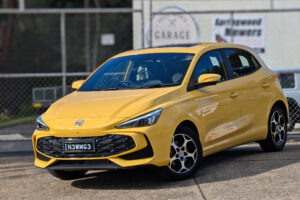
1951 Ferrari 212 Barchetta
Enzo Ferrari, the son of an Italian metalworker, was born in Modena in northern Italy in
1898. Because his name has been associated with motor racing since he became a
works driver for Alfa Romeo in the 1920s many people assume he has been involved in
car manufacture for many years but that is not the case.
Even his insignia of the prancing horse is a carryover from Scuderia Ferrari, the name
of his racing team formed in 1929 to run the Alfa Romeo entries.
Ferrari didn’t start his own car manufacturing company in Modena until after World War
II in 1946. From his racing days he became a firm admirer of the V12 engines used by
Packard and others so he approached an old friend and former Alfa Romeo engineer,
Gioacchino Colombo, to build him an engine with the characteristic sound of a 12-
cylinder.
He knew that a 12-cylinder engine with a good balance between maximum power and
minimum complexity was an ideal power unit for a competition car. Whilst Colombo’s
design was not perfect, it established the design which made Ferrari engines famous.
Before going into full production Ferrari had a long-time friend, Luigi Bazzi, one of the
gifted engineers at Alfa Romeo, perform his magic to improve its performance.
The V12 engine with its single overhead camshafts had a 60-degree format with alloy
cylinder castings. Its crankshaft was turned from a single billet of steel. This design
established the characteristics of future Ferrari engines. The initial Colombo engines
had a capacity of 1.5 litres and were used in Type 166 Ferraris. Later the engine was
bored out to 2562 ccs before being fitted to the Type 212 Barchetta.
This engine not only sounded like that of a racing car but also smelt like one. Because
its valves ran in bronze guides to match the expansion rate of the alloy castings the
valve gear needed copious supplies of lubricant which burned in the combustion
chamber and wafted out of the exhaust pipe.
As was the case with most racing car builders Ferrari did not make its own bodies at
that time. The Italian firm of Touring produced the first Barchetta body on a Type 212
chassis in 1950 before the model went into limited production in 1951. A wide grille
ensured Colombo’s engine could get adequate cooling and the attractive lines of the
body looked so good that it became the classic post-war sportscar shape that has been
imitated by many subsequent designs from other manufacturers.









